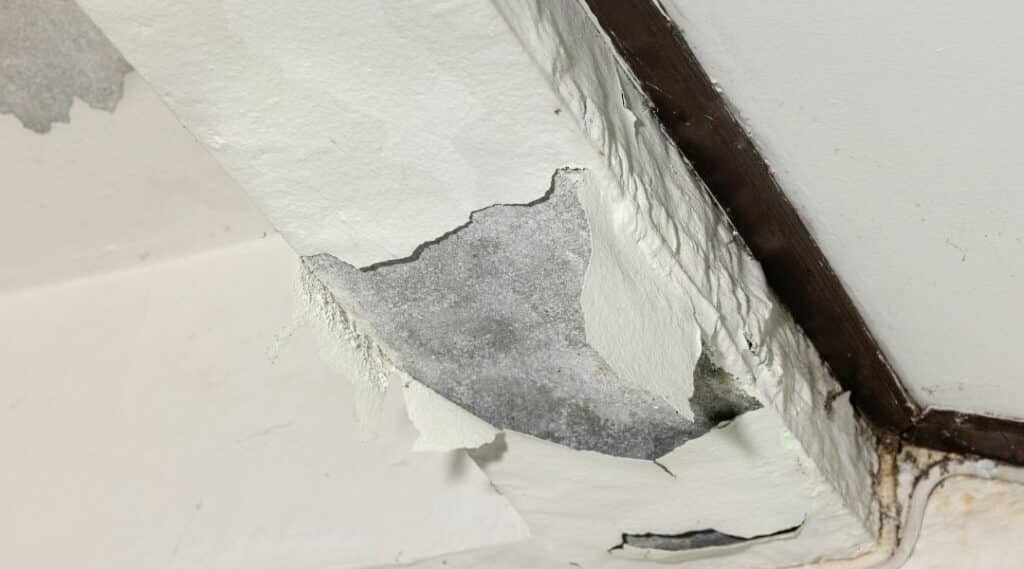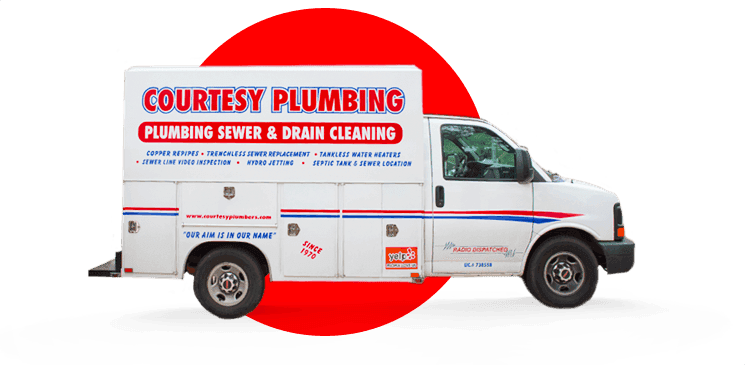A plumber looks for a slab leak under the hard floor of your home or workplace. This kind of water problem is tricky because it hides below, out of sight. Things like rust, ground shakes, and dirt moving can make them happen.
They’re big trouble since they might harm your building’s base, raise what you pay for water, and lead to other high-cost fixes. Often not easy to spot right away, knowing the signs like wet spots on floors, odd sounds from pipes, or moldy smells helps catch them early. So if these pop up, call a pro fast.
Identifying Slab Leak Symptoms
A slab leak happens under a home’s foundation due to corrosion, earth shifts, or wear. It often stays hidden but leads to high costs and structural harm over time. Signs include unexpected warm spots on floors from hot water leaks below, pointing towards an issue needing quick fixing by experts for safety and preventing more damage.
Unusual sounds like running water when none is used signal possible leaks. These noises suggest pressurized leakage affecting the house’s base. Cracks in walls or floors also indicate pressure buildup from ongoing leaking issues requiring professional assessment for timely management and repair strategies tailored toward maintaining property integrity.
Utilizing Advanced Detection Techniques
In the quest to find a slab leak, plumbers use advanced tools. They start with pressure sensors that spot low-pressure zones under concrete floors and leak lower pressure. Next comes acoustic detectors. They catch sounds of water escaping pipes, noises we can’t hear.
For tough cases, there’s infrared tech. It reads temperature changes in slabs caused by cool or warm leaking water. This approach saves time and avoids unnecessary damage during detection.
Assessing the Damage Area
After detecting a leak, plumbers assess the damage area with precision. Sonic and acoustic techniques pinpoint leaks by listening to the noise of escaping water. These tools let technicians find exactly where repairs are needed.
Ground Penetrating Radar (GPR) scans detect irregularities in soil or structures beneath surfaces, indicating potential leaks without direct access to pipes. For larger areas, drones scan from above, highlighting temperature differences that suggest leaks below ground or in hard-to-reach places. LiDAR technology maps out affected zones accurately using laser pulses for detailed 3D images of structural changes caused by water damage.
Video pipe inspections offer inside views into pipelines to spot exact locations and extents of underground water leakage efficiently, ensuring fast response times and fixing issues detected during initial assessments.
At Courtesy Plumbing, we use smart tools to spot leaks under floors. We listen for water sounds with special gear. Sometimes, we also fill pipes with safe gas that helps find the leak when seen on a device screen.
This way, we know where the problem is without guessing. Our skills make sure homes stay safe from damage by catching these hidden leaks fast. Trust us to handle such tricky jobs well and keep your home in top shape.



